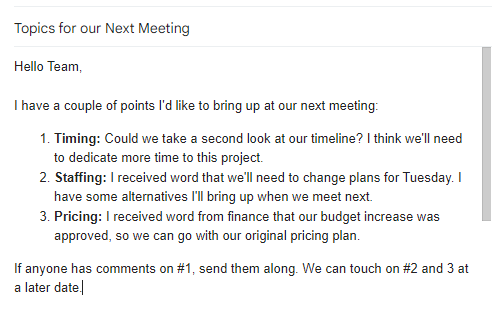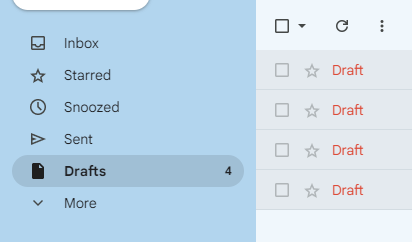May 2023:
Writing and responding to emails is part of everyday work life; yet, we do not always give it the attention this task deserves. Many misunderstandings, irritations, or conflicts can arise when we do not follow a few basic rules when formulating, or responding to E-mails. And, we can forget that E-mail is just the tool and that we are still communicating, -and that it deserves our attention!
Writing and responding to emails is part of everyday work life; yet, we do not always give it the attention this task deserves. Many misunderstandings, irritations, or conflicts can arise when we do not follow a few basic rules when formulating, or responding to E-mails. And, we can forget that E-mail is just the tool and that we are still communicating, -and that it deserves our attention!
Here are a few recommendations on sending Smart E-Mails:

Photo by Torsten Dettlaff
- Begin with a friendly greeting and close the same way.
- Don’t use email to avoid a communication that should be in person.
- Be concise -Remember, we all get lots of emails therefore get to the point quickly.
- Resist covering more than one topic in one email. (If you must include multiple topics, clearly organize or number your points.)
- Use the Subject Line for entering purpose or call to action and revise the subject line if the topic becomes a series of messages or threads.
- Make your call to action clear -What do you want your reader to do?
- Care about your writing correctness and tone.

- Always proofread before you hit send.
- Use bolding, italics, underline or colouring purposefully to highlight specific points or topics that you want your readers to see.
- Never use ALL CAPS -It is the same as shouting at someone.
- Avoid humour and tongue-in-cheek comments.
- Assume that all email is monitored.
- Resist using the copy all button unless everyone needs to have the email.
- Do not send anything you would not want published.
- Consider composing an important email off-line until you are confident you have the right content and tone.
- Never, never respond when you are angry. Try writing a response and leaving it in drafts for 24 hours to give you time to reflect on your reply before you hit send.

Writing Smart E-mails is a skill that grows with each email we send. Do you have any tips or tricks you picked-up that you always reflect on when writing E-mails? Tag us on social media and share your knowledge!
Kerri Miller
Lead Facilitator,
Barefoot Facilitation Inc.
Kerri Miller
Lead Facilitator,
Barefoot Facilitation Inc.
